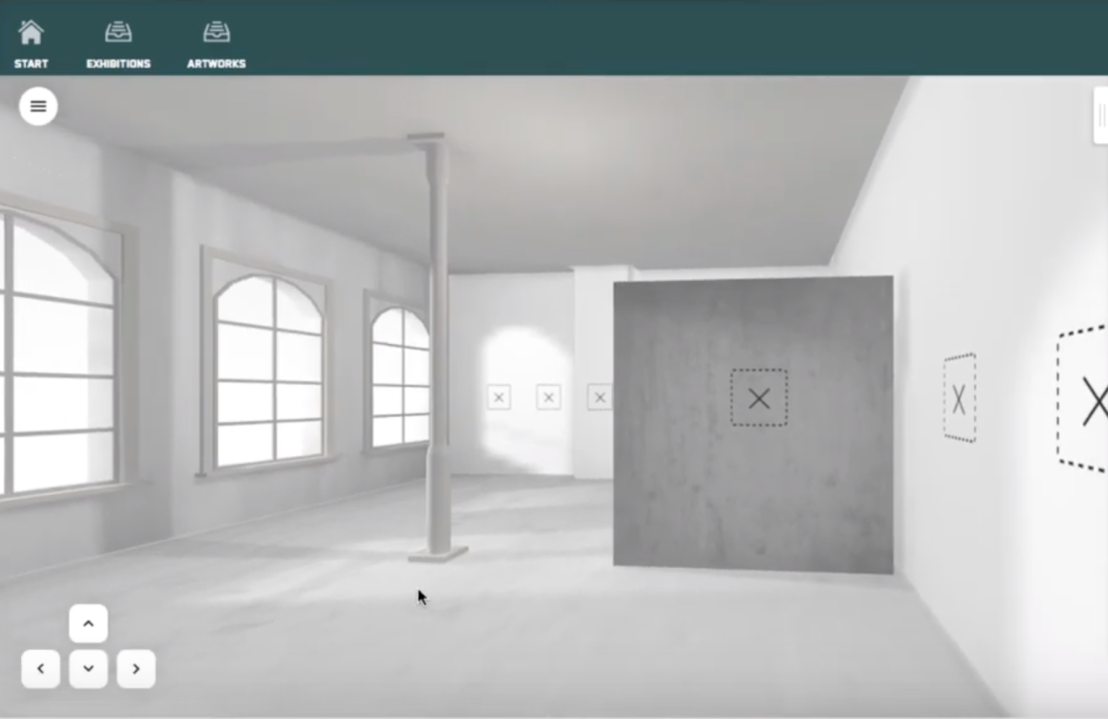

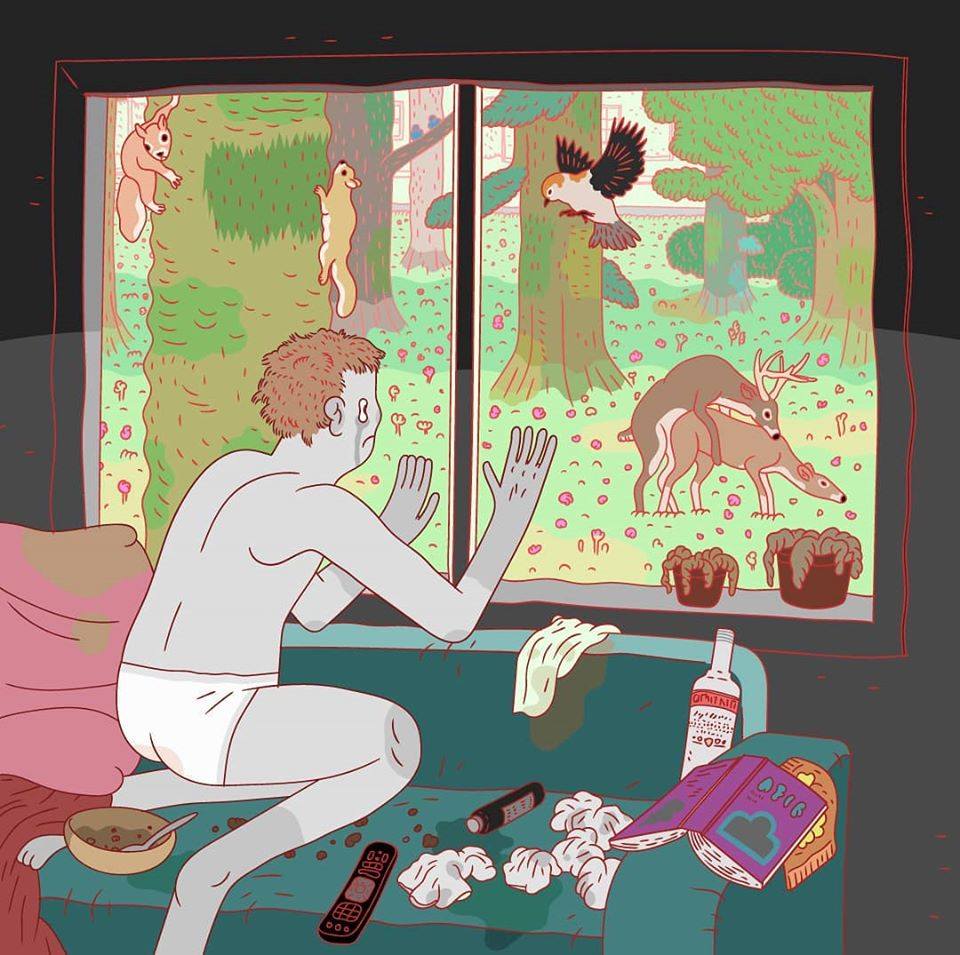
What is happening in the Art world
Author: artworldtoday



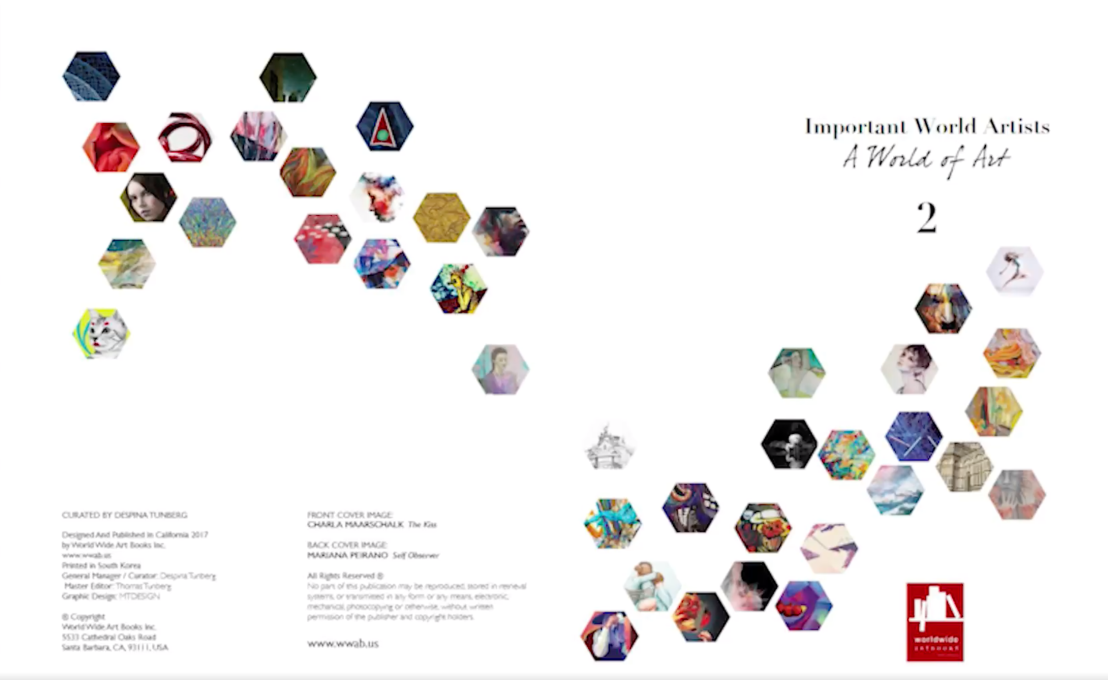



It could be the view of a landscape, the look in one’s eyes or a phrase in a song, which triggers something in the soul to get active and to bring something new under the sun. What is driving us to create artworks? New evidence and theories in different disciplines like genetics and archaeology were found and provide a new platform for further examinations on this subject.
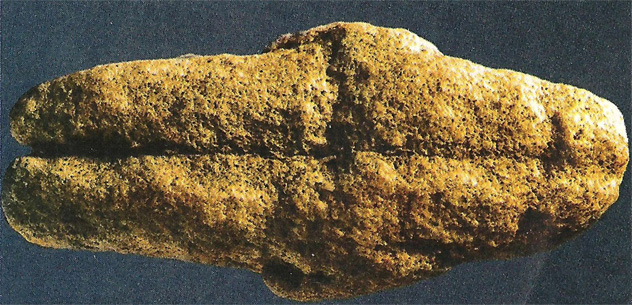
Researches with technologies like Uran-Thorbium as well as Radiocarbon dating of artifacts and cave paintings in Europe and North Africa leaves no doubt that Neanderthals shared symbolic thinking with early modern humans and that, as far as it can infer from material culture, Neanderthals and early modern humans were cognitively indistinguishable. Scientists suggest that the origins of language and the advanced cognition characteristic of extant humans may precede the period before the divergence of the Neanderthal lineage, more than half-a-million years ago. What does that mean? Products of creativity seem to be much older than we thought. These products were not exclusive to the significant sign of the modern homo sapiens any longer.
What is creativity standing for? It seems that the notion of “creativity” originated in Western culture through Christianity. God creates the universe, the earth, and all living creatures. In the Judaeo-Christian tradition, creativity was the sole province of God; humans were not considered to have the ability to create something new except as an expression of God’s work. However, this is not creativity in the modern sense, which did not arise until the Renaissance when creativity was first seen, not as a conduit for the divine, but from the abilities of great men.

Alfred North Whitehead was the first who coined the term “creativity” as part of his metaphysical categories while he was lecturing at the University of Edinburgh in 1927. Since these days, the term is receiving sustainable attention and got the subject of various research approaches. Essentially, most studies are about the essence of creativity, there are different forms of categorization, and there is an intense pedagogical interest in stabilizing creative impulses, as well as the sustainable promotion of creativity. The widely quoted Four C model of creativity distinguishes four areas of Mini-C, transformative learning, Little-C the area of everyday problem-solving and creative expression, Pro-C, which is about professional creativity, and finally the Big -C outstanding creativity in a given field. If the model also describes a sphere of creativity, it does not present any information about the necessary conditions for the emergence and possibly structuring of such processes.
Creativity as the ability to develop new and useful ideas is understood as the key driving force behind scientific, technological and cultural innovation. Therefore creativity and intelligence are closely related in recent research, and some tests have been developed for creativity based on intelligence tests. Now, the archaeological findings question this connection, for the Neanderthals have hitherto been considered less intelligent.
Research in the field of genetics has shown initial results in terms of convergent or, on the contrary, divergent thinking. Thus, there are genetic causes for both forms of thinking, which, however, may be influenced by other individual characteristics such as memory, openness to life, and external circumstances, even food. In the meantime, it must be regarded as proven that creativity is gender-independent. Overall, creativity seems to be the genetic engine of life, because even the simplest life forms develop amazing adaptability to solve even the most complex questions of their circumstances and environment.
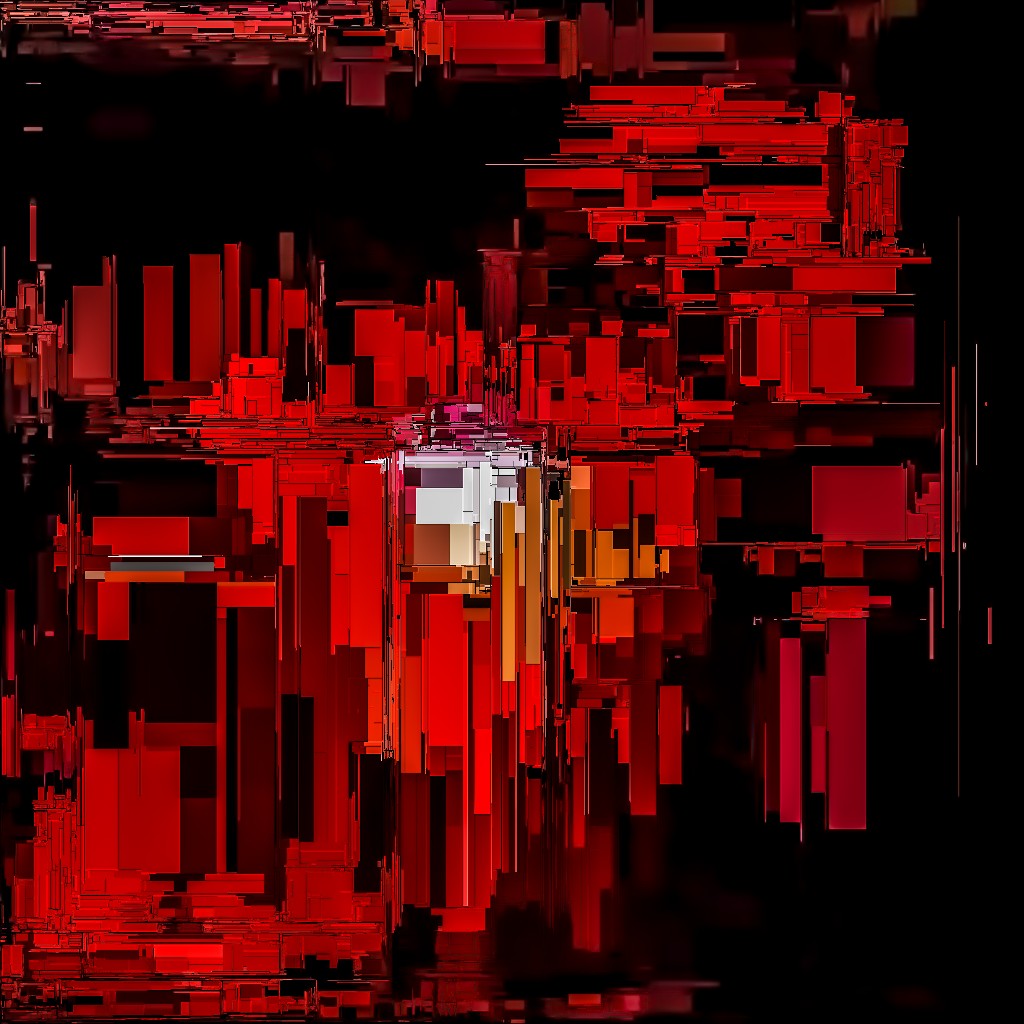
Could it be that artistic creation has emerged in a way yet to be clarified, as a by-product of evolution? It would not be surprising, because the growing up of living things to the witnessing and preservation of offspring depending on environment and predators always required mental flexibility and openness, as well as the fast and sustainable processing and memory of information. While optimally adapted life forms in the short- and medium-term had the best chance of survival of their species, less optimally adapted, more flexibly designed forms also succeeded in achieving long-term success. They were certainly ahead of their time in a sense. To be inventive and creative, to develop things that have not yet been done or thought of by others, is necessary for humanity to advance. Is that not what artists are doing?
By Dieter Hanf
https://www.dhanf.net
Art and science are closely connected, both are human attempts to understand and describe the world around us. The two disciplines have always influenced each other. The person most people will be thinking of here is probably Leonardo da Vinci, who is known for his scientific research as well as his art. However, there are many famous examples. Dürer ’s celestial maps gained momentum as a scientific standard. Technological inventions have changed the way we make art. The birth of photography changed the way people painted, and indeed photography became an art form in its own right. Without the invention of the Paint Tube, impressionists wouldn’t have been able to paint ‘en plein air’. The invention of the circular-saw around the end of the 18th-century allowed Rietveld and the artists of the Bauhaus to cut straight lines. And steel I-beams allowed buildings to stand without columns. The invention of the computer changed creative production again. It caused a completely different way of making art in all its forms.
Artists always are using the latest innovations in science. Trying to explore the possibilities of new tools and materials. That’s because “Artists are trained to face novel problems.
David Hockney has always embraced modern inventions working with copy- and fax machines. He now makes drawings while still in bed after waking up in the morning on his iPad and iPhone. He sais; “Dawn is about luminosity and so is the iPhone. You can’t overwork this, because it’s not a real surface. In watercolor, for instance, about three layers are the maximum. Beyond that, it starts to get muddy. Here you can put anything on anything. You can put a bright, bright blue on top of an intense yellow.”

Scottish artist Beverley Hood looks at what effects technology has on the feeling of being alive and human. She is interested in the relationship between body and technology. She researches the impact of technology on human experience, bodies, and relationships. Her projects include interdisciplinary cooperation and performances using technology.
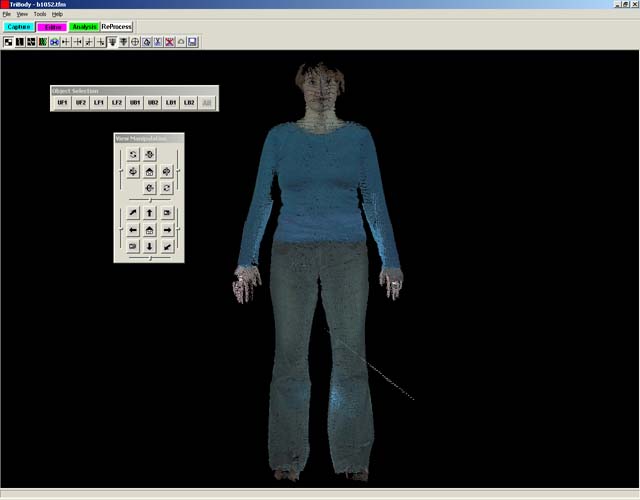 German artist Holger Bär invented a painting-machine during his studies at the University of Wuppertal from 1986 to 1989. His technique of ‘digital painting‘ uses computer-generated templates that are transferred to the canvas by self-developed machines – pixel by pixel. Bär’s work questions the uniqueness of artistic authorship. Bär is a painter of the 21st century and expresses himself in this context with contemporary means.
German artist Holger Bär invented a painting-machine during his studies at the University of Wuppertal from 1986 to 1989. His technique of ‘digital painting‘ uses computer-generated templates that are transferred to the canvas by self-developed machines – pixel by pixel. Bär’s work questions the uniqueness of artistic authorship. Bär is a painter of the 21st century and expresses himself in this context with contemporary means.
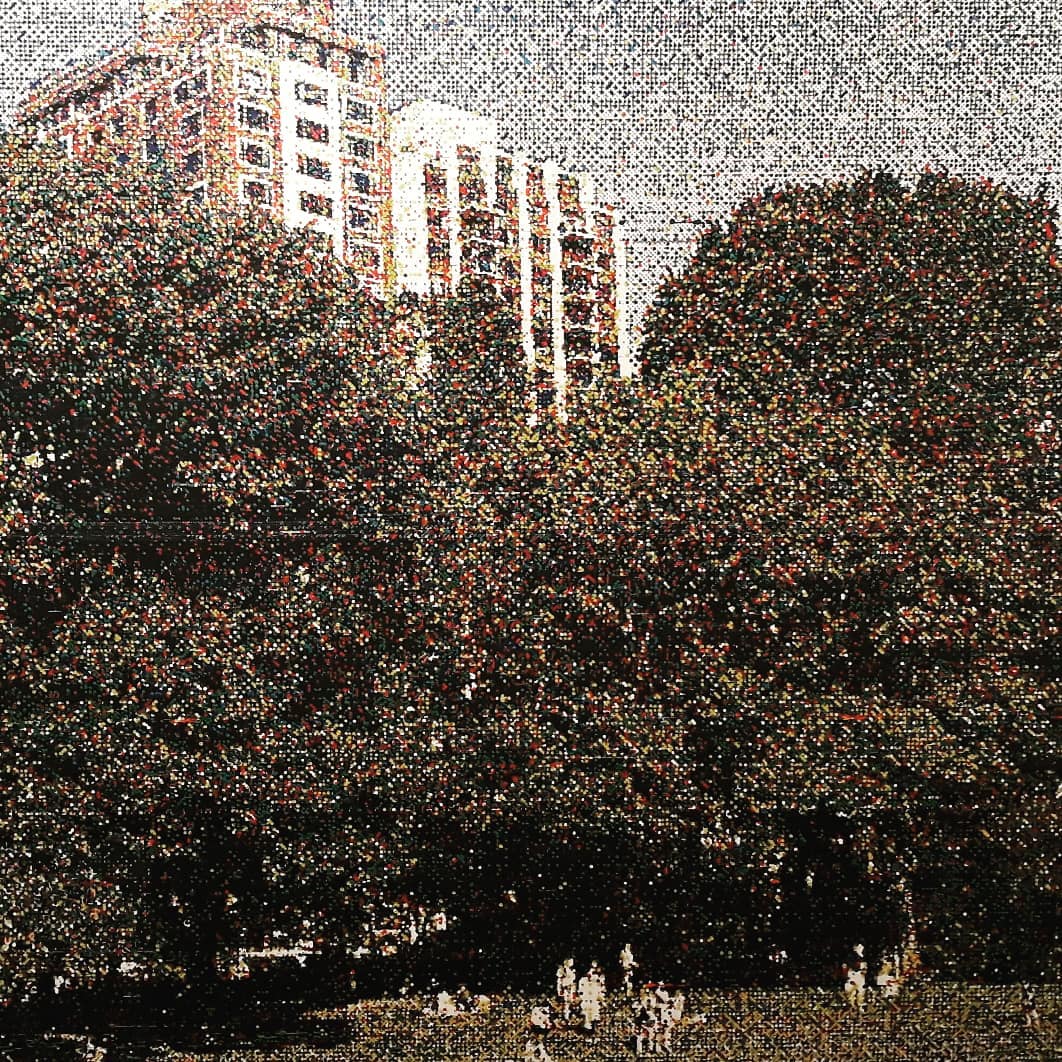 Brussels based artist Patrick Tresset also uses robots and autonomous computational systems to make drawings and paintings. The robots use cameras to “see” their subjects and a mechanical arm to draw using a pen and paper. They are more than just coping machines, Tresset’s robots are designed with “autonomous artistic creativity”. Originally a painter he no longer uses his own hands to draw or paint, but still calls himself an artist. He is interested in how humans make marks and, depict other humans. Tresset has an MSc degree in Arts Computing from Goldsmiths and an MPhil in Arts and technology.
Brussels based artist Patrick Tresset also uses robots and autonomous computational systems to make drawings and paintings. The robots use cameras to “see” their subjects and a mechanical arm to draw using a pen and paper. They are more than just coping machines, Tresset’s robots are designed with “autonomous artistic creativity”. Originally a painter he no longer uses his own hands to draw or paint, but still calls himself an artist. He is interested in how humans make marks and, depict other humans. Tresset has an MSc degree in Arts Computing from Goldsmiths and an MPhil in Arts and technology.
 Janet Saad-Cook invented new ways to create art from the reflection of sunlight. In collaboration with scientists, engineers, and architects she constructs structures. When sunlight touches these, light figures appear on the walls and ceiling. These ‘Sun Drawings‘ gradually change as the sunlight moves across the reflective sculptures. The light is broken into pure color by the multi-layered optical coatings. How she forms glass and metal determines the shapes and the type of coating the colors. She lectures and has delivered papers at scientific institutions like MIT and The Royal Institution.
Janet Saad-Cook invented new ways to create art from the reflection of sunlight. In collaboration with scientists, engineers, and architects she constructs structures. When sunlight touches these, light figures appear on the walls and ceiling. These ‘Sun Drawings‘ gradually change as the sunlight moves across the reflective sculptures. The light is broken into pure color by the multi-layered optical coatings. How she forms glass and metal determines the shapes and the type of coating the colors. She lectures and has delivered papers at scientific institutions like MIT and The Royal Institution.

Could machines make art without any human artist being involved? Images created by Artificial Intelligence have been around since Google’s pattern-finding software DeepDream. When an image is created by AI, can it still be considered art? Sofar the “artworks” produced by AI were neither aesthetically nor conceptually interesting. But this might change sooner than we think. Duchamp in the 1920s and Andy Warhol in the 1960s predicted the deauthorization of art, maybe we are finally getting there.